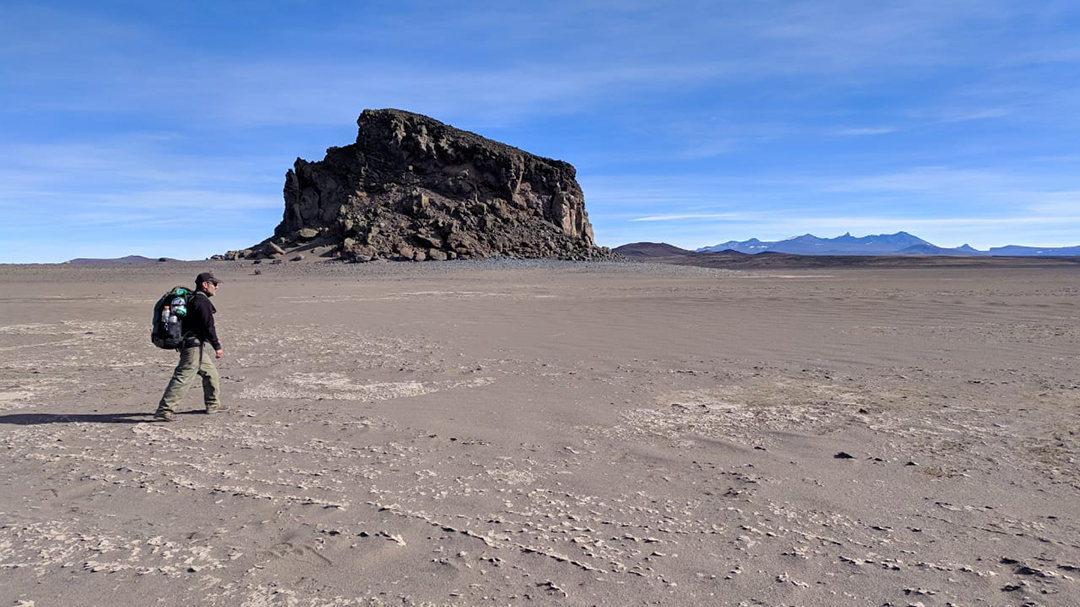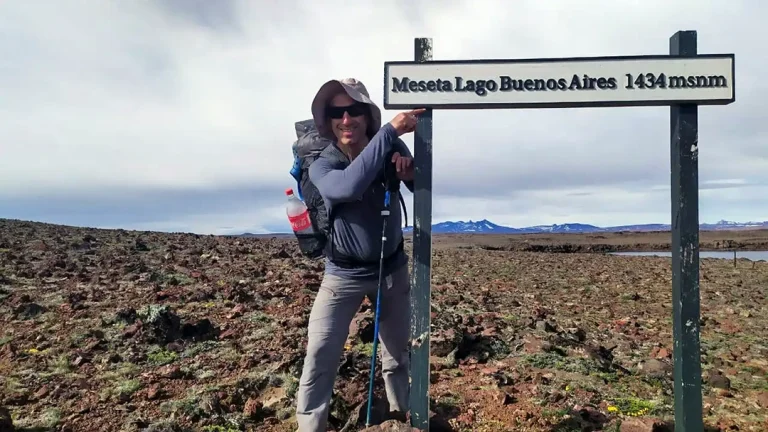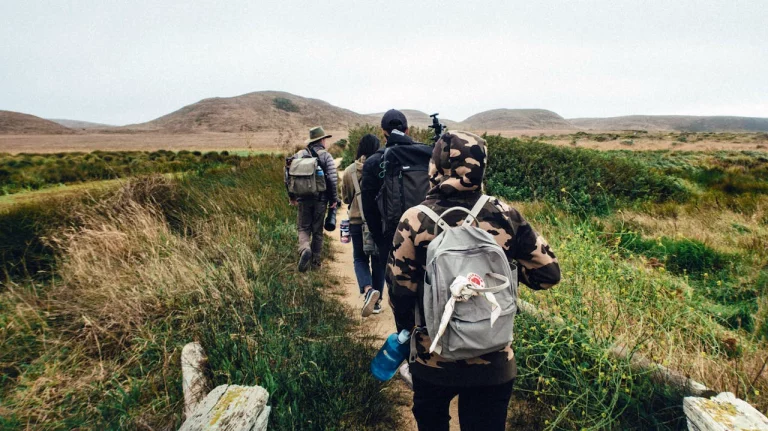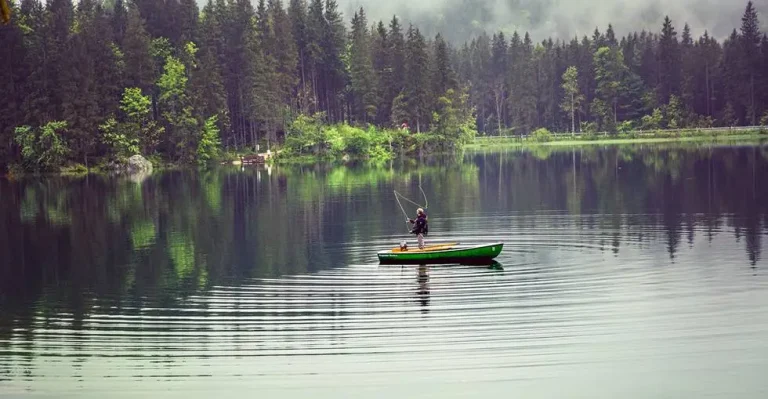Crossing the Lake Buenos Aires Plateau
One hundred kilometers of Adventure and Trekking across the Lake Buenos Aires Plateau amidst the incomparable landscapes and biodiversity of northwestern Santa Cruz. Trained guides and renovated facilities complete a project that has been in development for two years.
The Crossing of the Lake Buenos Aires Plateau is one of the most spectacular trekking expeditions in Argentine Patagonia. Located in the northwest of Santa Cruz province, this 100-kilometer route traverses steppe landscapes, high-altitude lagoons, volcanic formations, and offers privileged views of the Zeballos and San Lorenzo Mountains. The journey connects Portal La Ascensión, on the shores of Lake Buenos Aires, with the area of El Sauco, in the heart of Patagonia National Park, one of the country’s most important protected areas.
How the idea emerged
The initiative originated from trekking enthusiasts. The search for new experiences during hikes is a growing demand among visitors to Patagonia National Park. Undoubtedly, northwestern Santa Cruz offers great potential to develop new and enticing proposals for lovers of this physical activity.
In this quest, Pablo Agnone, superintendent of Patagonia National Park, joined forces with Federico Djeordjian, head of the travel agency “Chelenco Tours.” Both share an interest in mountain activities, always with tourism development in mind. “In my case, as an administrator of a protected area, I try to promote activities related to enjoyment and development,” says the superintendent.
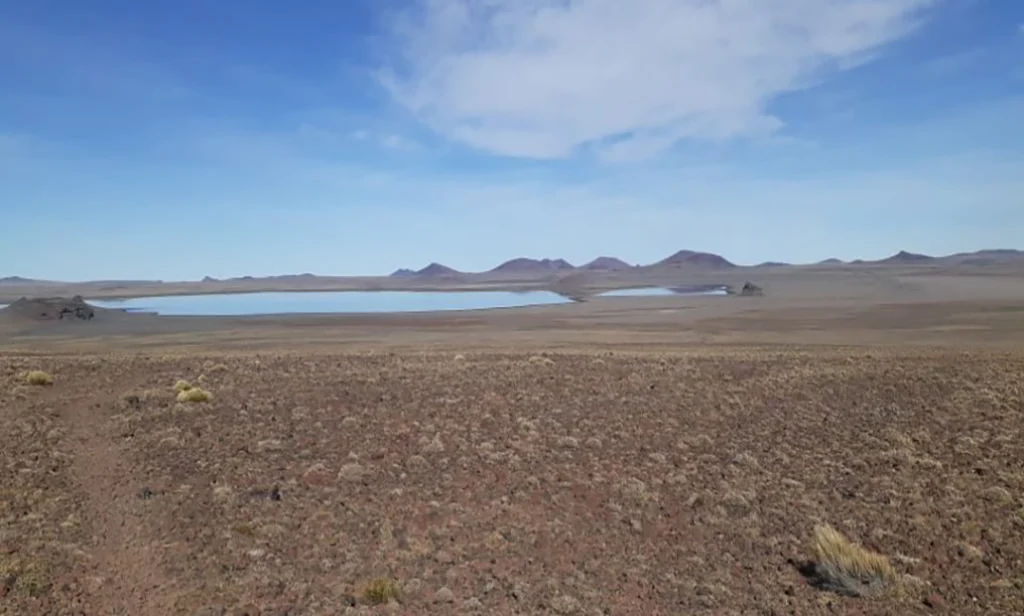
The idea was to incorporate a long-distance trail crossing the Lake Buenos Aires Plateau into public use. “What we’re seeking is for people with more experienced profiles to take a step up and undertake this type of expedition,” says the administrator.
Thus, they began the hike from “Portal La Ascensión,” crossing the entire Lake Buenos Aires Plateau to its southern edge, reaching the ranger station at ‘El Sauco.’ It’s approximately 100 km. The survey took us two long days,” recounts Agnone.
“We explored to assess the feasibility of the route, ensuring accessibility. The emerging idea is to refurbish five old field outposts to serve as shelters, allowing the trek to be completed in about 5 days and 4 nights, staying at these locations,” he adds.
“My first impression of the plateau was like being on another planet,” says Agnone, comparing the landscape starting at Lake Buenos Aires—with its molles, coirones, and calafates—to a place where vegetation is entirely adapted, dominated by stone and dotted with high-altitude lagoons. “We have Mount Zeballos and an unparalleled view of Mount San Lorenzo. At ‘El Sello’ Lagoon, we spotted over a thousand flamingos and swans,” shares the explorer.
One variable to consider is the climate. “It depends on the time of year, but regardless, conditions are extreme—strong winds, low temperatures, and rugged terrain with rocky outcrops and small volcanoes. It’s the characteristic environment of the Patagonian steppe, fascinating to observe,” explains Agnone. The park administration has been working on a survey to expand circuits and services, with suitable facilities and trained personnel.
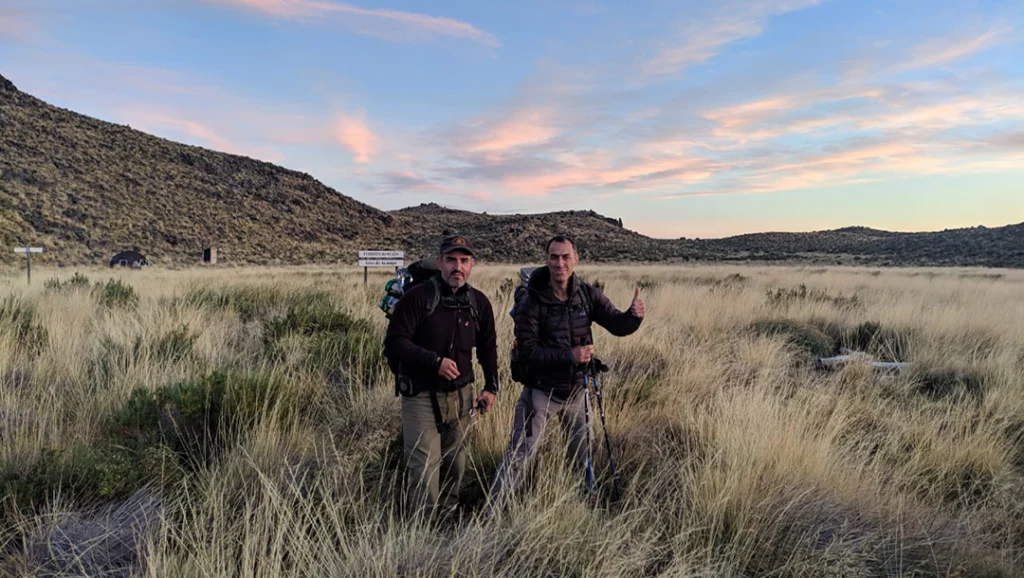
Photo: Pablo Agnone, superintendent of Patagonia National Park, and Federico Djeordjian of Chelenco Tours, embark on the 100-kilometer hike from El Rincón outpost at the Portal La Ascensión of Patagonia National Park.
The route with qualified guides
“El Rincón,” “El Huevo,” “La Gaucha,” “Méndez,” and “El Sauce” are the outposts surveyed for their conditions. The original plan is to install slow-combustion heating, preserve existing wood stoves, and perform maintenance on enclosures, openings, windows, roof repairs, etc. “We want them to have a uniform appearance so people can recognize them and access them with guidelines similar to traditional mountain refuges. Ensuring sustainable, safe, and responsible use,” said the park superintendent.
Since 2020, a group of guides has been formed in collaboration with the Rewilding Argentina Foundation. Once the circuit is consolidated, “the idea is to have guides accompany visitors, utilizing qualified local labor and safeguarding this natural and cultural resource in Patagonia National Park.”
Agnone states, “We’re also working with the Perito Moreno Andean Club, which is gaining strong momentum locally. We aim for them to pioneer this initiative and guide people along the route.”
The fragility of the environment doesn’t allow for mass activities. “We envision small groups, perhaps no more than ten people, accompanied by a guide. We want to ensure conservation conditions beyond flora and fauna—up there, we have an enormous archaeological resource.”
“We’re thinking of small groups, maybe no more than ten people, with a guide. We want to safeguard conservation conditions beyond flora and fauna—up there, we have an enormous archaeological resource.”
Pablo Agnone, Superintendent of Patagonia National Park
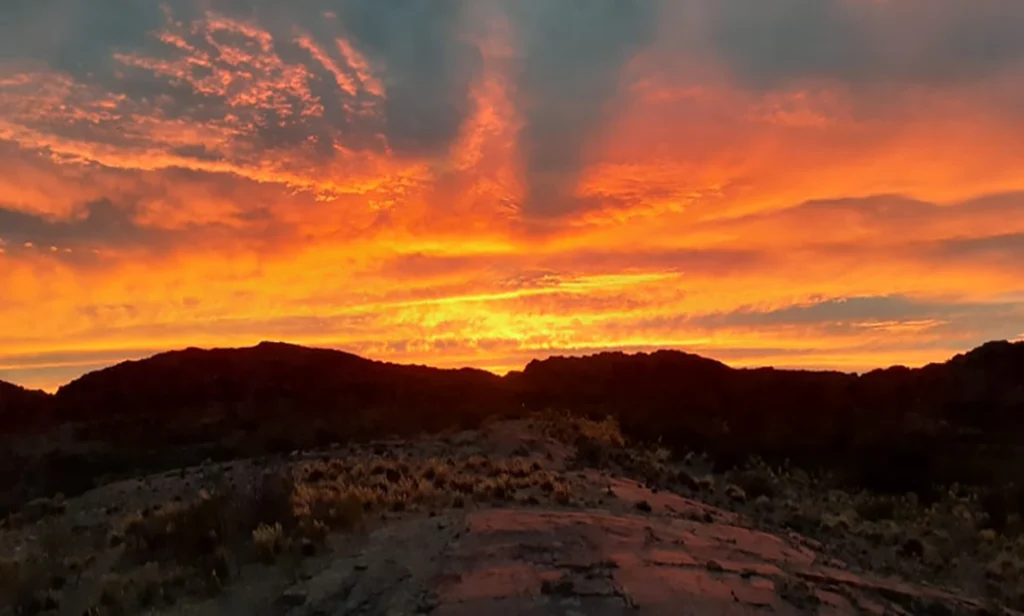
Agnone hopes that the challenge of crossing the iconic Lake Buenos Aires Plateau will soon become a must-do destination for the hiking community. Additionally, it offers tremendous added value: “It’s a very interesting alternative that will boost regional tourism development.”
Site context: Patagonia National Park and Lake Buenos Aires
The Patagonia National Park protects vast expanses of steppe, lagoons, and plateaus, with unique biodiversity including guanacos, foxes, flamingos, swans, and endemic birds. Lake Buenos Aires, the second-largest in South America, is famous for its turquoise waters and rugged surroundings. The region is also an archaeological treasure, with numerous rock art sites and remnants of indigenous cultures.
Stages of the Lake Buenos Aires Plateau Crossing
- Day 1: Portal La Ascensión → El Rincón Shelter
Trekking begins along Lake Buenos Aires, with panoramic views and wildlife sightings. - Day 2: El Rincón → El Huevo Shelter
Gradual ascent across the plateau, traversing low vegetation and rocky formations. - Day 3: El Huevo → La Gaucha Shelter
Section featuring small volcanoes and high-altitude lagoons, ideal for birdwatching. - Day 4: La Gaucha → Méndez Shelter
Lunar-like landscape with views of Mount Zeballos and Mount San Lorenzo. - Day 5: Méndez → El Sauce Shelter (ranger station)
Descent to the southern edge of the plateau, ending at El Sauco.
Each shelter has been upgraded to provide heating, cooking facilities, and warmth, maintaining the essence of traditional mountain refuges. Use is sustainable, with respect for the natural environment promoted.
Biodiversity and landscape: what you’ll see on the journey
During the trek, hikers can observe guanacos, foxes, flamingos, swans, and a variety of birds. Flora includes molles, coirones, calafates, and species adapted to aridity and wind. High-altitude lagoons are habitats for migratory birds, and the plateau’s geology, with its volcanic formations, offers a unique Patagonian setting.
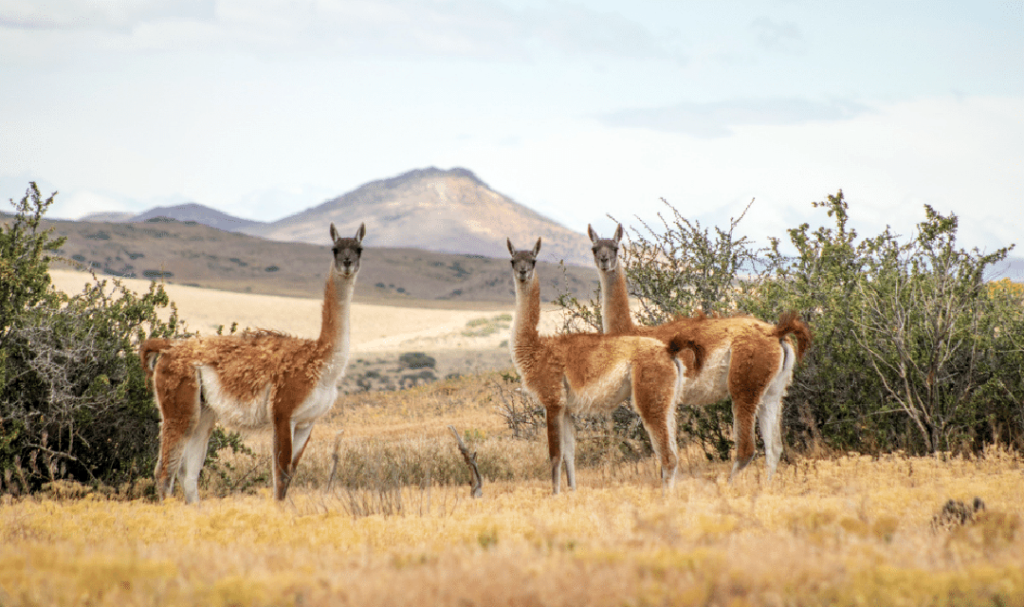
Tips and recommendations for the trek
- Prior experience: Recommended for hikers experienced in long treks and rugged environments.
- Climate: Extreme conditions with strong winds and low temperatures. Best time is November to March.
- Gear: Bring technical clothing, warm layers, sleeping bag, trekking shoes, and multi-day provisions.
- Reservations: Contact Patagonia National Park administration or agencies like Chelenco Tours.
- Small groups: The circuit operates with groups of up to 10 people, always with certified guides.
Future expansion: connection to Perito Moreno National Park
This circuit was designed for experienced trekkers seeking physical challenges and total immersion in Patagonian nature. The expedition spans five stages, overnighting in refurbished shelters at former rural outposts, with guidance from certified guides trained in collaboration with Rewilding Argentina Foundation and Perito Moreno Andean Club. The goal is to ensure safety, environmental conservation, and an authentic experience for every visitor.
The project’s second phase aims to extend the route to Perito Moreno National Park, crossing the Lake Posadas area and reaching Lake Belgrano. This expansion would enable a 15-day trek, establishing the region as an international trekking destination.
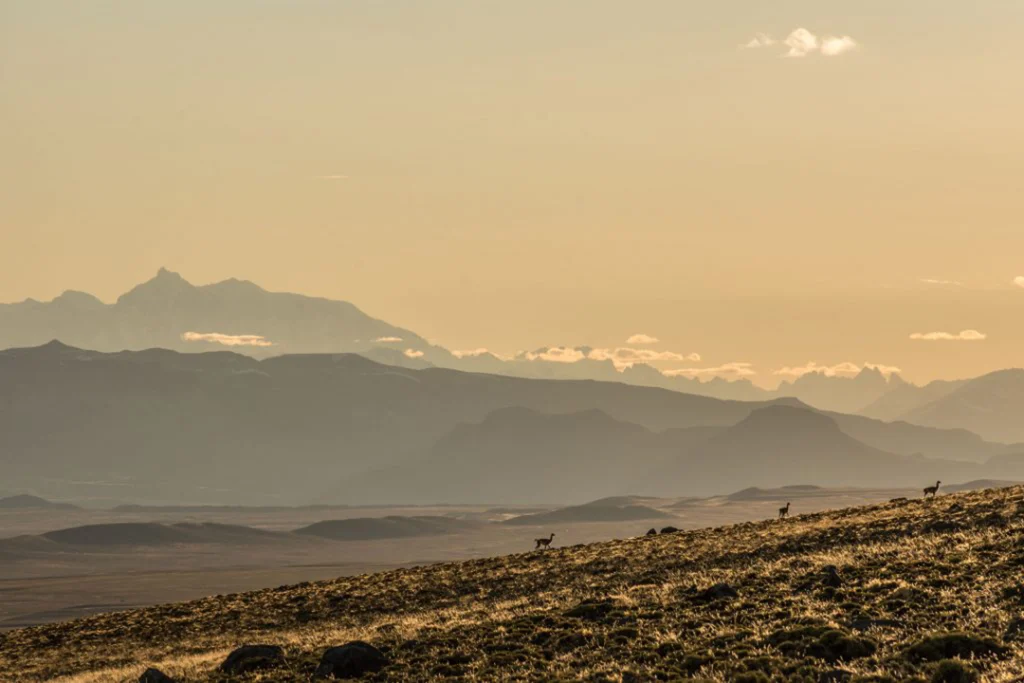
Frequently Asked Questions about Trekking the Lake Buenos Aires Plateau
- How do I book the expedition?
Contact the park administration or authorized agencies. - What gear is required?
Technical clothing, warm layers, sleeping bag, proper footwear, and provisions. - Is prior trekking experience necessary?
Yes, the route is designed for experienced hikers. - When is the best time to do the crossing?
November to March, due to milder weather conditions. - Are guides available?
Yes, the circuit operates with certified guides and qualified local personnel.
Trekking the Lake Buenos Aires Plateau is a unique experience combining adventure, nature, culture, and local development. Ideal for those seeking an authentic Patagonian challenge while contributing to sustainable, responsible tourism. Check out our guide to the best trekking routes in Patagonia+

